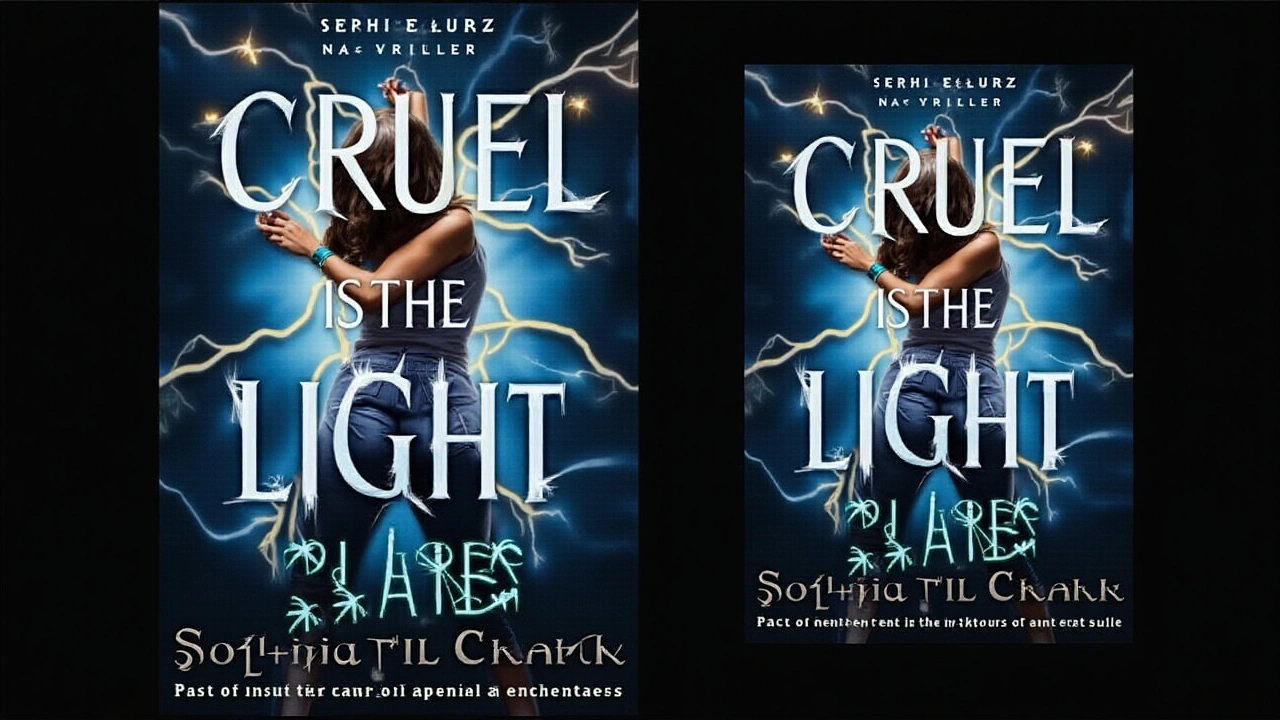Suspense Novel: Write Page-Turning Thrillers That Hook Readers
Want readers who can’t put your book down? A suspense novel earns that by creating tension, raising stakes, and refusing to give answers too soon. This page gives practical steps you can use right away—no fluff, just clear moves that tighten your plot and ramp up the fear of what comes next.
Core elements that build suspense
Start with a clear goal for your protagonist. If the main character has something urgent to lose or gain, every obstacle matters. Add a ticking clock or deadline to keep momentum; deadlines force choices and make each scene count.
Raise the stakes step by step. Don’t show the worst outcome immediately. Let consequences grow—first a warning, then a loss, then a near-catastrophe. Readers stay because they worry about what’s coming next.
Use uncertainty and secrets. Give readers partial answers and hold others back. Strategic reveals keep curiosity alive. If a character lies or hides facts, let the truth surface slowly and at high cost.
Misdirection is your friend. Red herrings and false leads make the real twist land harder. But keep misdirection logical—readers should feel misled, not cheated.
Practical writing steps and tips
Open with a small crisis, not a long setup. A single striking line or scene that shows danger or loss hooks attention faster than a detailed backstory. Once you have the hook, keep scenes short and focused on advancing the threat or the character’s response.
Structure scenes around conflict. Ask: who wants what, why now, and what stands in their way? If a scene lacks those answers, cut it or rewrite it until it matters to the main thrust of danger.
Vary sentence length to control pacing. Short, sharp sentences speed up action; longer ones slow the mood for reflection or dread. Use sensory details—sounds, smells, textures—to make suspense physical and immediate.
End chapters with a question or a consequence. Cliffhangers don’t have to be explosions; they can be a secret revealed, a door closing, or an interrupted phone call. The aim is to nudge the reader to flip the page.
Let your antagonist be active. A scary villain who plans and moves increases tension more than random misfortune. Show the antagonist’s competence in small scenes so threats feel real and earned.
Trim info dumps. Put backstory in short, necessary doses that explain stakes or motive, not to slow the plot. If you must explain something, do it through action or dialogue.
Test with readers and fix pace problems. If they say parts drag, shorten scenes or add repercussions sooner. If twists fall flat, change the lead-in or add believable clues that still surprise.
Try a simple beat sheet: hook, complication, midpoint reversal, escalation, climax. Use it as a map but let intuition guide surprising choices. Write a scene today that ends on a new secret—then watch how the rest of the plot reshapes itself.

Exploring 'Cruel Is the Light': A Riveting Tale of Conspiracy, Intrigue, and Deception
Keabetswe Monyake Nov 12 9In her novel 'Cruel Is the Light', Sophie Clark unfolds a gripping narrative of conspiracy and deception set against the backdrop of unexpected attacks in Italy and France. The story follows two unlikely allies who must navigate through trust and betrayal to uncover hidden truths, challenging everything they believed about their world. It's a suspenseful exploration of the darker sides of human nature and the risks of unveiling concealed truths.
More Detail